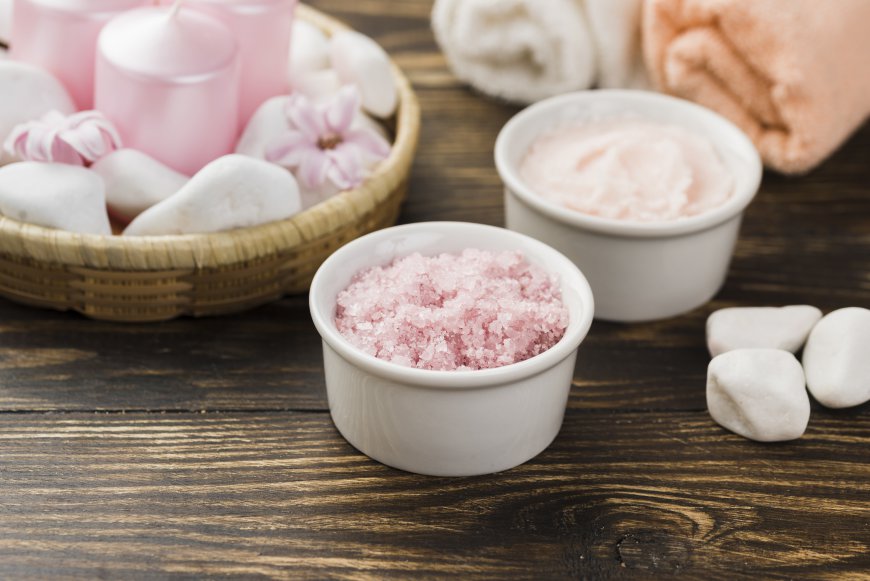pink edible salt
Pink edible salt, with its striking appearance and mineral-rich composition, has become a popular choice for both culinary and wellness purposes.

Pink edible salt, commonly known as Himalayan pink salt, has gained significant popularity in recent years, both as a culinary ingredient and for its purported health benefits. Unlike conventional table salt, pink salt is believed to offer various nutritional advantages due to its mineral content. It also has aesthetic appeal, with its striking pink color making it a favored choice for food presentation and home décor. This article explores the origins, composition, uses, health benefits, and concerns related to pink edible salt, providing a detailed overview of this natural product.
Algohar World natural salt lamps that are believed to provide various benefits, combining both the aesthetic appeal and the potential health advantages associated with Himalayan salt lamps.
Origins and History of Pink Edible Salt
Geological Formation and Sources
Pink salt is primarily mined from ancient sea salt deposits found in the Khewra Salt Mine, located in the Punjab region of Pakistan, near the Himalayan mountain range. These salt deposits were formed millions of years ago when prehistoric seas evaporated, leaving behind mineral-rich salt beds that were later buried by tectonic activity.
The Khewra Salt Mine, which is the second-largest salt mine in the world, is the primary source of Himalayan pink salt. The mine has been operational since ancient times, with records indicating that Alexander the Great's army discovered the salt deposits around 326 BC. Since then, the salt has been mined and used for various purposes, including food preservation, seasoning, and therapeutic uses.
Global Popularity
While pink salt has been used in its native region for centuries, it only gained global recognition in the last few decades, particularly in Western countries. The growing interest in natural and unprocessed foods, along with the rise of alternative health movements, contributed to the increasing demand for pink salt. Its unique color, taste, and perceived health benefits have made it a sought-after product in both culinary and wellness circles.
Mineral Content
What sets pink salt apart from regular table salt is its mineral composition. While traditional table salt is primarily composed of sodium chloride, pink salt contains trace amounts of various minerals that give it its distinctive color and flavor.
While these minerals are present in pink salt, it’s important to note that they exist in trace amounts, meaning the quantities are relatively small compared to other sources of these nutrients.
Sodium Content
Like all salts, pink salt is primarily composed of sodium chloride. Sodium is essential for maintaining the body's fluid balance, regulating blood pressure, and supporting nerve and muscle function. However, excessive sodium intake can lead to health issues such as high blood pressure and heart disease. Pink salt’s sodium content is slightly lower than that of table salt, but the difference is minimal.
Color and Texture
The color of pink salt ranges from pale pink to deep reddish-pink, depending on the mineral content. This variation in color is due to the differing concentrations of iron and other trace elements. In terms of texture, pink salt can be found in various forms, from fine granules to large, coarse crystals. Its crystalline structure gives it a unique crunch when used as a finishing salt.
Note: pink edible salt with its striking appearance and mineral-rich composition, has become a popular choice for both culinary and wellness purposes.
Culinary Uses of Pink Edible Salt
As a Seasoning
Pink salt is used in much the same way as regular table salt for seasoning food. It can be sprinkled over dishes such as salads, grilled meats, and vegetables to enhance flavor. Its mild taste and distinctive color make it a popular choice for gourmet cooking and food presentation.
Salt Blocks for Cooking and Serving
One of the more unique uses of pink salt is in the form of salt blocks, which are large slabs of salt that can be heated or chilled to cook or serve food. Salt blocks can be used for grilling, searing, or even chilling foods such as meats, seafood, and vegetables. They add a mild salty flavor to the food and can be reused multiple times.
Salt Lamps and Home Décor
Beyond culinary uses, pink salt is also popular for non-food-related applications. Pink salt lamps, made from large chunks of salt with a light bulb inside, are believed to have health benefits, such as purifying the air and promoting relaxation. While scientific evidence for these claims is limited, pink salt lamps have become popular decorative items in homes and wellness spaces.
Health Benefits of Pink Edible Salt
Rich in Minerals
One of the most commonly cited benefits of pink salt is its mineral content. Unlike table salt, which is often refined and stripped of its minerals, pink salt is unprocessed and contains trace amounts of important minerals such as calcium, magnesium, and potassium. These minerals contribute to various bodily functions, including muscle and nerve function, bone health, and hydration.
Conclusion
Pink edible salt, with its striking appearance and mineral-rich composition, has become a popular choice for both culinary and wellness purposes. Its origins in the Himalayan region, combined with its unique color and texture, make it a fascinating alternative to conventional salts. While it offers some health benefits due to its trace minerals, consumers should be mindful of their overall sodium intake and avoid over-reliance on exaggerated health claims. Used in moderation, pink salt can be a flavorful and aesthetically pleasing addition to a balanced diet.

 Tagxa1122
Tagxa1122